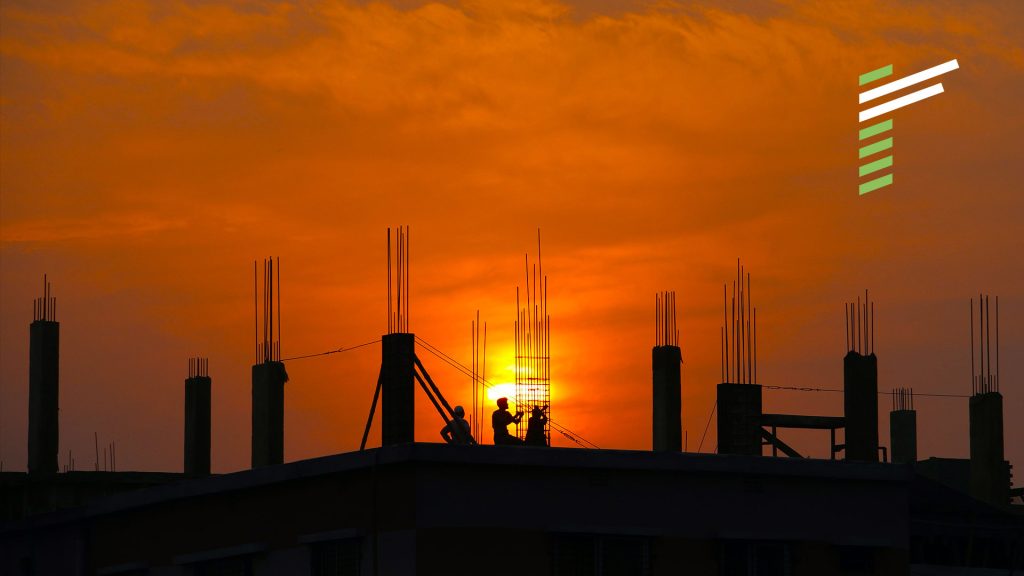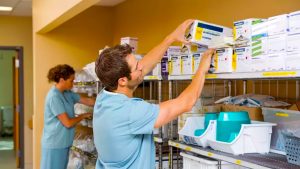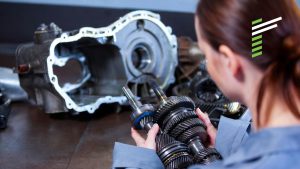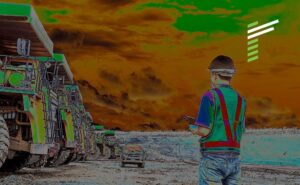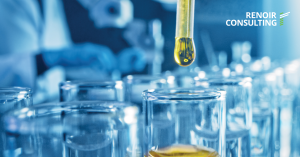At a Glance
A project with a client in development was undertaken with Renoir over 43 weeks and was designed to deliver:
- 25% average increase in productivity across four of the largest construction sites
- 30% reduction in rental buses
- 46 million AED savings
Key Results
Results of the project far surpassed initial targets with the following gains:
Average productivity gain of over 30%
Significant supervisory training to ensure sustainability
80% drop in the use of rental buses
300% uplift on original, planned camp/bus savings estimate
Lorem ipsum dolor sit amet, consectetur adipiscing elit. Ut elit tellus, luctus nec ullamcorper mattis, pulvinar dapibus leo.
Background
Established in the 1970s, the client has undertaken a substantial number of large-scale construction projects across the UAE region, including high-rise commercial and residential buildings, hotels, airports, universities, infrastructure and shopping malls. It is part of one of the country’s largest construction groups.
The Challenge
Due to the massive growth of the company, it was becoming increasingly difficult to source high quality labour for its construction projects. The client hired Renoir Consulting to increase its productivity, allowing them to reduce workers on existing sites and reassign them to newly awarded contracts and projects. Additionally, due to the escalation of the volume of work, worker locations had become inefficient resulting in very high use of rental buses.
Renoir’s detailed analysis of the client’s situation revealed that workers’ lost time could be significantly reduced through the following actions:
- Increased active supervision
- Realistic target setting
- Variance control
- Improved planning, controlling and reporting systems
- Need for improved bus routings
- Camp rationalization
What We Did
The project undertaken between the client and Renoir was a 43-week programme designed to deliver:
- 25% average increase in productivity across four of the largest construction sites
- 30% reduction in rental buses
- 46 million AED savings
The project would be executed by a dedicated Renoir Project Team along with an assigned Task force by the client of nine people, allocated full time to the project.
In addition, a Steering Group, chaired by the client’s COO, consisting of eight C-suite executives and five Management Action Teams (MATs) with both the client’s employees and Renoir consultants were assigned to drive the project delivery.
The MATs’ focus was to identify opportunities for observed problems, evaluate these ideas for suitability and sustainability, and drive the installation of the approved ideas. Both the Task Force and the MAT members received extensive training and continuous development throughout the project to prepare them to become key change agents for the organisation.
During the first weeks of the project, the teams revisited the areas identified for improvement during the analysis, ensuring buy-in and ownership of the improvements. New ideas were also generated and examined by each MAT.
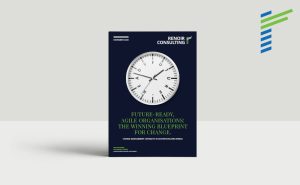
Future-Ready, Agile Organisations: The Winning Blueprint for Change

Realigning Structure and Processes: Why organisation design matters

Realigning Structure and Processes: Why organisation design matters

Future-Ready, Agile Organisations: The Winning Blueprint for Change
Implementation
Renoir focused its attention on the four largest construction projects within the client’s UAE operation, each one with its own MAT.
Productivity
The MATs focused on increasing the productivity of their respective sites, identifying in the process chains the reasons for low productivity and taking correction action. Significant time was invested in training all supervisory levels to ensure understanding of the new tools and techniques and to illustrate the most appropriate management behaviours for each construction site environment.
All elements were installed with detailed follow-ups to ensure not only quick results but also sustainability for the full construction project cycle. The results far exceeded Renoir’s initial estimate, with average productivity increasing by over 30%.
HR, Camp and Transport
Whilst being overseen by a single MAT, this work stream involved three separate departments, with no common leader. As such, it was essential to bring all parties to a common forum where the benefits of the project were explained, both on a department basis, as well as explaining the potential overall benefit to the company.
Despite initial resistance, the MAT worked well together and started to think outside their span of control. Initially, the team focused on the HR processes, as the analysis revealed this as the starting point for the incorrect allocation of workers.
Once a solution was designed and installed, attention moved to existing worker allocations, bus routings and control over the bus timetable. A computer model was developed that mapped the best location for the workers based on their project site. This led to the transfer of over 6,000 workers to different camps, resulting in an 80% drop in the use of rental buses.
To ensure sustainable improvement beyond the project’s closeout, new bus timetables, a 24-hour transport office, a change to the reporting structure for the bus drivers, and a significant increase in the accountability and visibility of the transport and camp operations were developed and installed. The overall result was a 300% lift on Renoir’s initial savings estimate, far exceeding the client’s expectations.
“The collaborative approach that Renoir used ensured ownership of the solutions we jointly developed. We are very pleased with the results achieved and with the higher than promised productivity improvement.”
COO
Maximize savings with better resource allocation.


